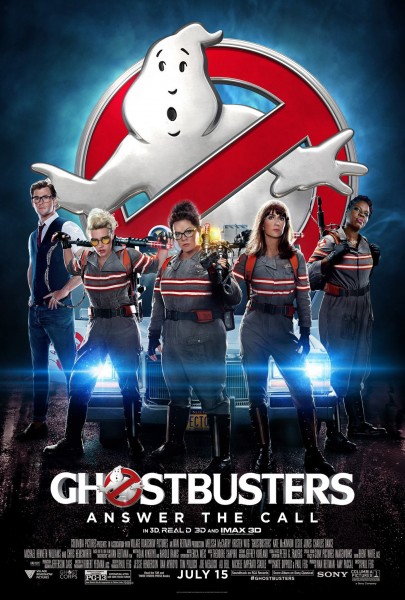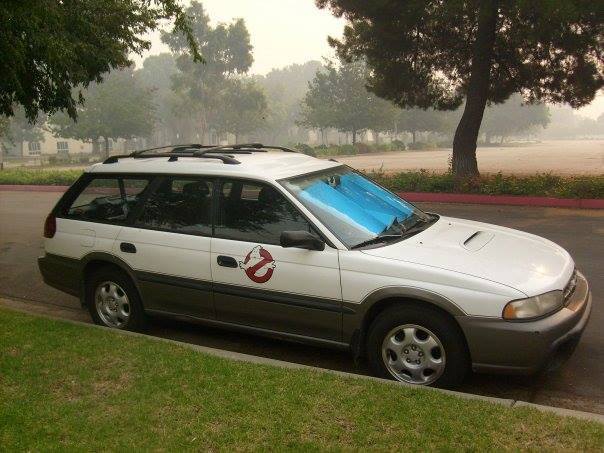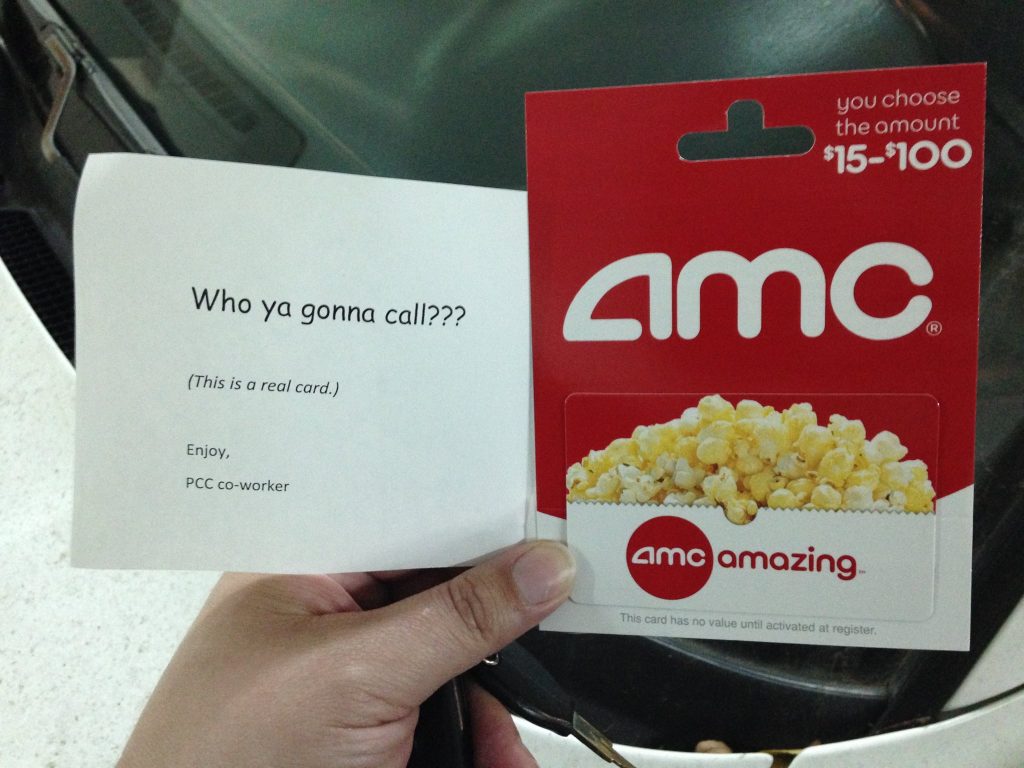And so it has come to pass — after five long years of trying, your humble proprietors were finally able to make a return to the Big One, the San Diego Comic-Con, not just as attendees but as exhibitors. Each year since our first go in 2011 we’d experienced a mixture of relief and disappointment as we were passed over, though the rejection was admittedly particularly harsh this year after we’d finally had our gorgeous-looking trade paperback to submit for consideration to the jury of the Small Press Pavilion and it seemed to make no difference. We’d be free once again to just enjoy the show on our own time, and party with friends in the evenings and wake up as late as we wished, but this time around we really did want to roll up our sleeves and celebrate our milestone by taking all the lessons we’d learned since last time and seeing how we did behind the sales table as veterans instead of newbies. This was us in 2011:
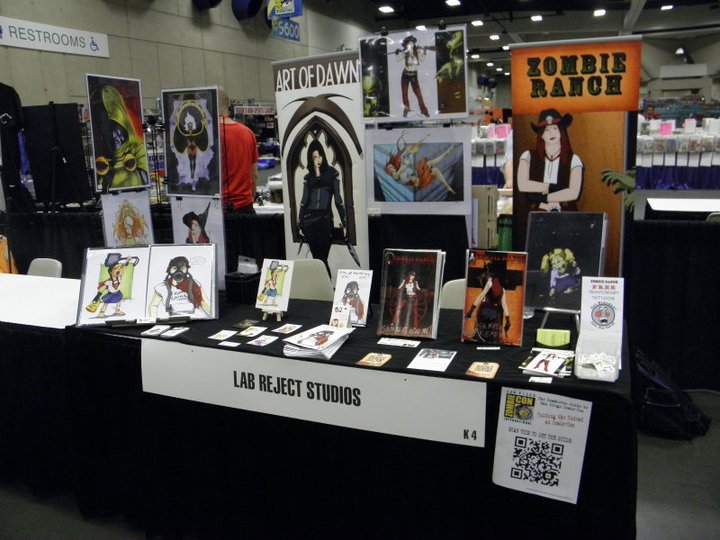
And this was us now:
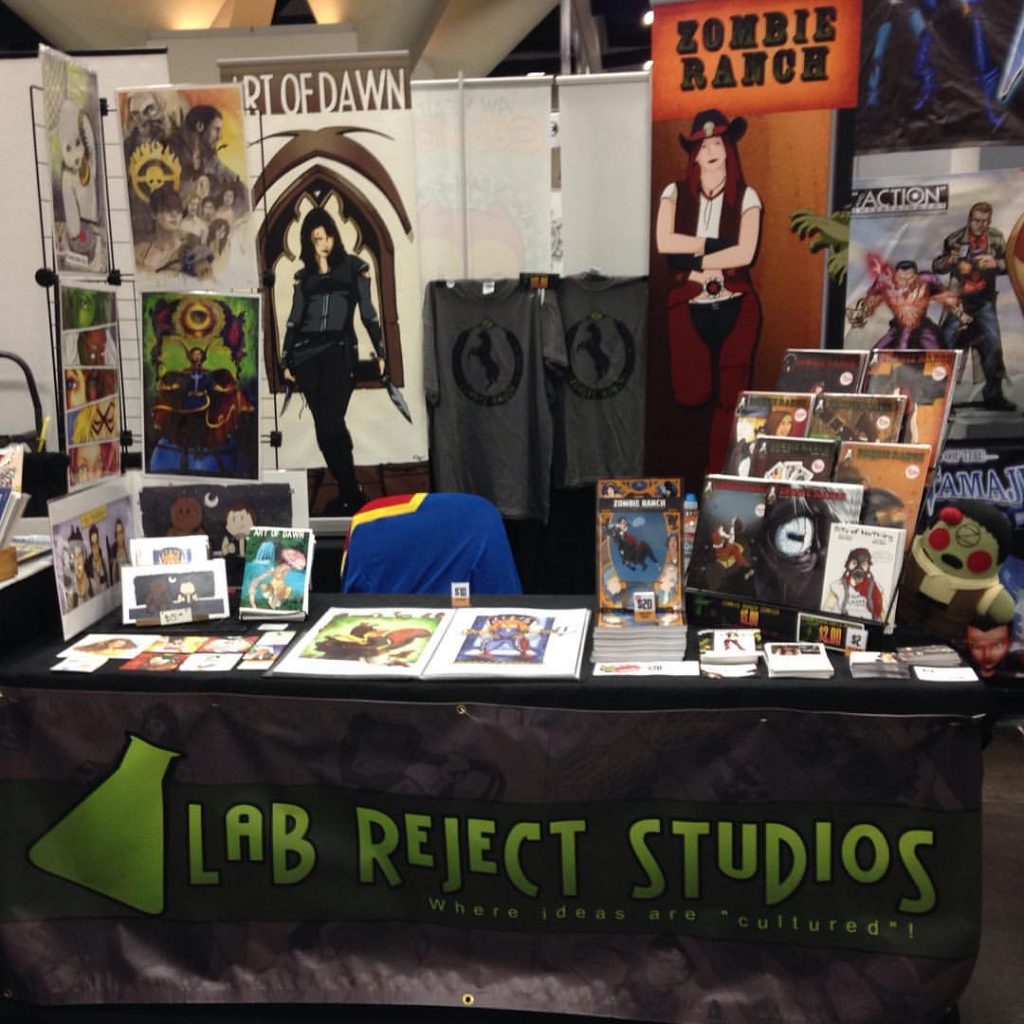
Some things very much the same, other things different. Of course, since we were called off the wait list with barely over a week to prepare it’s not surprising that we went with designs we already had on hand and didn’t try any particularly fancy setups. The Small Press tables at SDCC are a mere six feet long and you don’t even get a tall backdrop the way you do at WonderCon, so I counted us lucky our rearward neighbors had nice tall banners that made for a makeshift one. We also had to jury rig a spot on the edge for our plush Zeke mascot who usually gets to occupy a more central position. I suppose we could have left him off entirely, but he was first brought to us at our 2011 outing so… I guess call us nostalgic?
Well, nostalgia didn’t guide all our decisions. If you take a look at my 2011 blog I linked above, you may note my sheer terror at dodging forklifts on the exhibit floor during setup, or my surprise at the lack of air conditioning during that setup, or my report of how dead it was on Preview Night. None of these things had been tinted with rose-colored vision in the time since, but I am pleased to confirm that having even just that one year of prior experience (as well as years of experience with other conventions) made a lot of difference. For example, this time around we decided to use Preview Night as our opportunity to trade off walking the floor — 90 minutes for Dawn, 90 minutes for me. Did we manage to see everything? Oh hell no. But it went a long way towards us not feeling like we missed out, and there were some things we scouted that we were then able to return to on later days as part of a quick break.
Dawn has been suffering from some hip problems in the last few weeks making it difficult for her to use stairs and ramps, much less push and carry heavy items over distances. This made us take a chance this time around on SDCC’s unique, free “Materials Handling Assistance Program” for smaller exhibitors, and I couldn’t be happier that we did. It meant arriving on Tuesday rather than Wednesday, but after getting our badges, we pulled our car around to a marshaling lot at the rear of the Convention Center and within twenty minutes had signed in and had all of our heavier booth materials palletized and securely shrink wrapped for forklift transport by exhibit staff personnel. The drawback? Due to the volume, the estimated time of arrival to our table would be about three hours. The plus? We didn’t have to wait there for it. So we checked in to our hotel and then went out to an early dinner (including happy hour!), and when we came back around 7ish in the evening there was our stuff at P-14, ready and waiting. Tuesday setup then lasted until 9pm, in which time we were able to get a lot of the initial layout and grunt work done, secure in the knowledge that we’d then be able to return to our hotel, shower off the sweat, and get the remaining pieces in place on Wednesday (as well as getting Dawn’s art hung up at the Art Show).
So while there was still some sweat, stress, and exhaustion, it wasn’t nearly on the scale of 2011. Heck, even the forklifts seemed less dangerous and at one point on Wednesday with the table all but ready I cheerfully took myself on that pre-opening tour I had fantasized about previously but never actualized.
It doesn’t seem I mentioned it in my 2011 report, but back then we had an unfortunate problem on Sunday of running out of food to eat, coupled with everything in or near the Convention Center also being out of food to eat. We might not even have had a cooler and were just relying on people bringing us things or booth sitting so we could go to lunch. Our bellies still remember the gnashing desperation of that time. This time there was a cooler at our setup which we made sure to restock each day with fresh things from our hotel mini fridge. We made sure not to go to bed too late and get up early, with whomever happened to be ready first heading for the shuttle and the other joining later. On the final day, Dawn headed down to open while I finished packing and checking out of our hotel. It was a good tag team effort that minimized rushing about and fretting.
But one final test remained: the load out. Yes, materials handling got us in, but would it get us out again? Was this where it would all fall apart? Fortunately, the worst part of this turned out to be trying to grab an empty pallet, which my fellow exhibitors were descending upon like starving dogs on steak every time a new forklift load was delivered. Next time (if there ever is a next time) I will make pallet acquisition an early priority rather than waiting until everyone is trying to get them. The exhibit staff provided me ID stickers and a roll of shrinkwrap, so this turned out to be much more of a DIY situation than loading in, but we’re pretty used to DIY. So after what we felt was an appropriate amount of mummifcation, we got our loading pass and once again drove around to the marshaling lot. We had to stay with our car this time, but thankfully the wait was more like forty minutes than three hours, and that only because the driver had trouble finding someone to direct him to P-14 (we may have been the only people in Small Press who took advantage). Our stuff arrived safe and sound and we packed the car, and by 9pm were on our way to a late dinner and then Los Angeles. Sweet.
So the logistics all worked out grandly, partly due to us being desperate enough to try something new and partly because of us accounting for the old. But what about the sales? Was it our most successful convention ever? No, that honor still belongs to WonderCon 2013. But we came close, and we certainly made a lot more money than we did in 2011. Most importantly, I’m now satisfied that even with barely any lead time and some bum anatomy, we are up to the challenges that exhibiting at SDCC has to offer. We have no more guarantee of a return than we did last time, but the existential dread of approval is gone.
As we broke down our displays, the guy at the table next to us thanked us for being great neighbors. “I hope you guys get to come back and do this next year!”
You and me both, pal. You and me both.








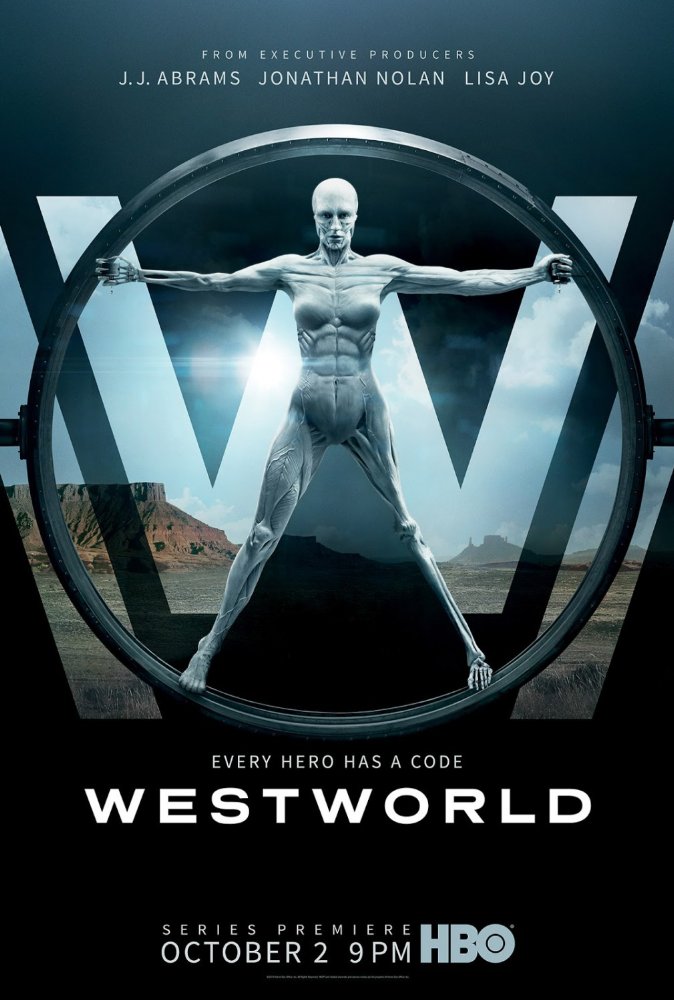
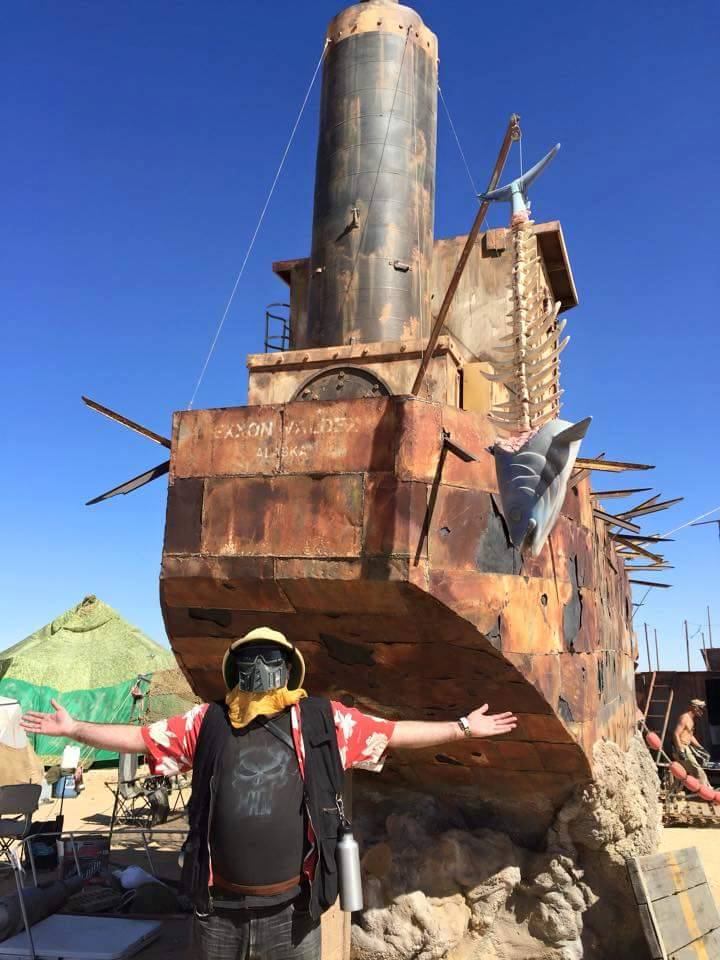
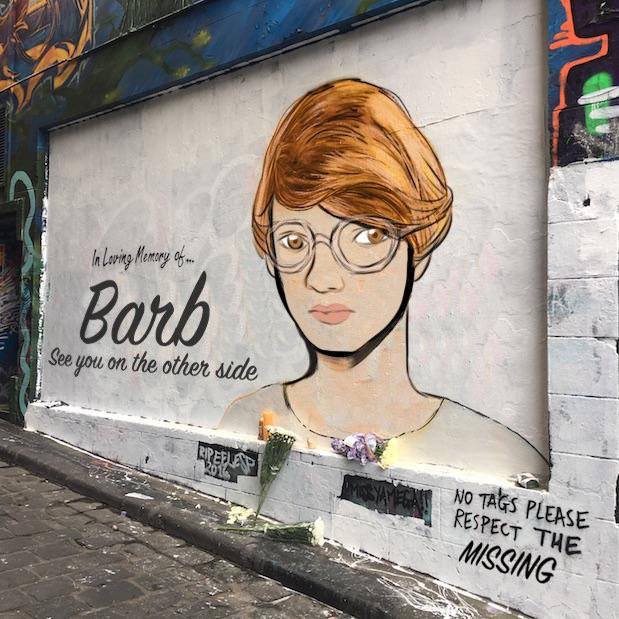
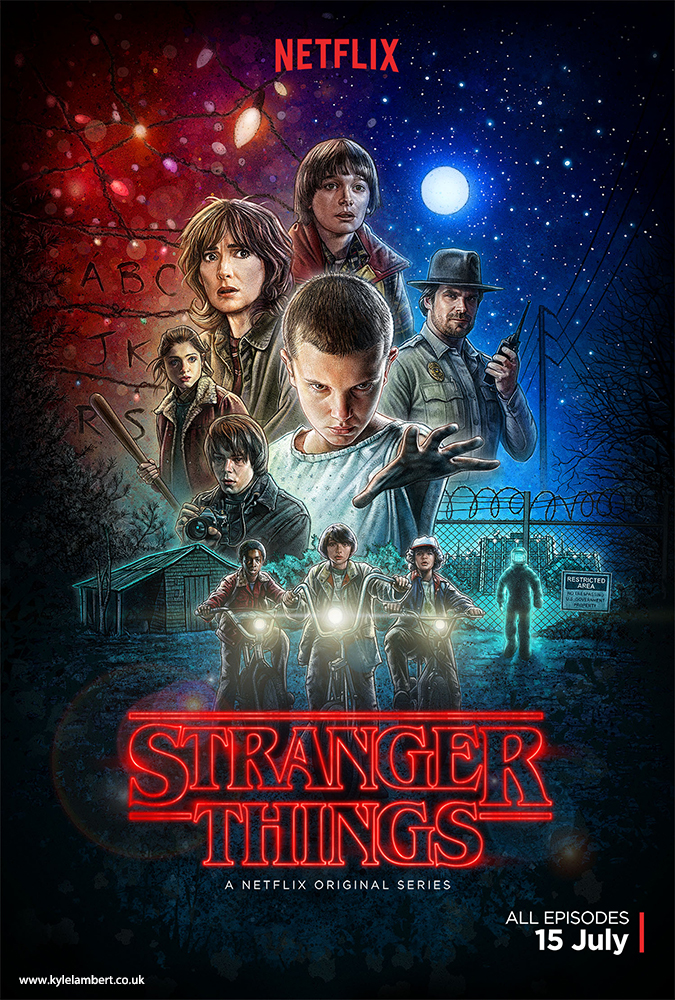 I am a child of the 1980s. I remember rotary phones, cassette tapes, televisions with “rabbit ear” antennae (and no remotes), and the freedom of a good bike to roam the neighborhood. I remember also a time when movie studios kept pumping out awesome flicks starring kids much like me, insisting that little boys might very well befriend an alien from beyond the stars, or build a spaceship in their backyard, or find a lost secret pirate cave beneath their sleepy little town, dodging everything from gangsters to the U.S. government along the way.
I am a child of the 1980s. I remember rotary phones, cassette tapes, televisions with “rabbit ear” antennae (and no remotes), and the freedom of a good bike to roam the neighborhood. I remember also a time when movie studios kept pumping out awesome flicks starring kids much like me, insisting that little boys might very well befriend an alien from beyond the stars, or build a spaceship in their backyard, or find a lost secret pirate cave beneath their sleepy little town, dodging everything from gangsters to the U.S. government along the way.

